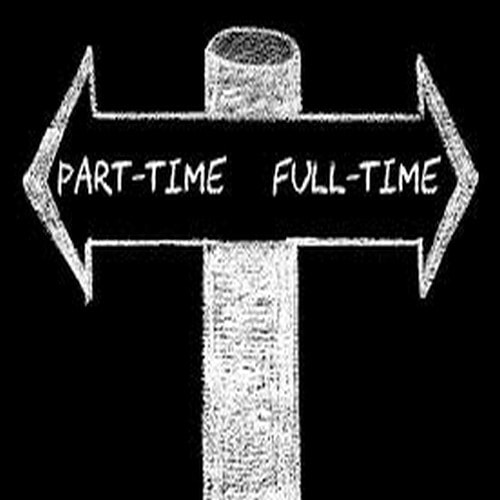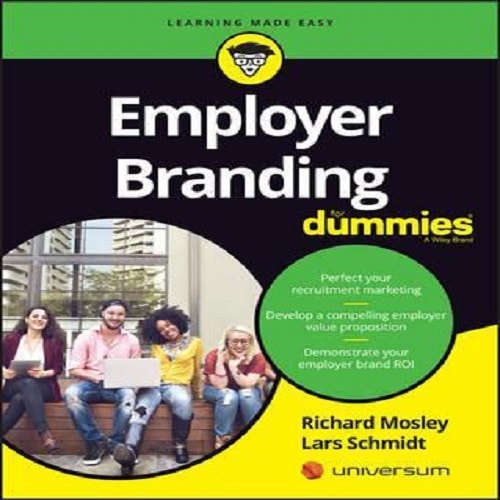Do you want to hire employees who can contribute to your success and profitability while adding value to your culture and your team? Employers can shorten their recruitment cycle, find great employees, legally and ethically hire people if they follow these ten steps of our Complete Hiring Process.
Identify the need for the position.
The first step in any hiring process is to determine the need for a new or replacement position in your company. One of the methods used is sales per employee. But, overall workload and its effect on current employees and the accomplishment of your business goals will also drive this decision.
The hiring decision must also balance with the needs of the rest of the organization for employees. Your priority for an employee has to fit into the successful execution of the company’s business plan. It’s important to keep your other employees informed or involved at each step of the staffing decision process.
Plan your recruitment for the job.
The second step in the hiring process is to plan your employee recruitment. Recruitment planning identifies the job description or job specification for the position so you know the skills and experience you are seeking.
It also addresses how you will publicize the position, who will review applications, and who will participate in first and second interviews. You also decide who will participate in the selection of the employee for the job and who will provide input.
This is a key step in a successful employee hiring process. It’s also a key step with the employees who comprise the interview team. You need to be clear about how their input will be used by the hiring manager and Human Resources.
Publicize the availability of the open position.
An important step in the posting process is to notify current employees of the opening. If you believe that you have no qualified internal candidates, you may also post the position externally simultaneously. But your internal applicants may surprise you with their talent and skills. If you do post the position externally before interviewing internal candidates, let the employees know.
You want to avoid misunderstandings. Your best bets externally for filling your open position will vary by job. Some local jobs, especially for nonexempt roles rely on local newspaper classifieds. But, most jobs will require an online campaign through posting the job on job sites and in social media.
Your own website is significant for recruiting employees who seek out your company in particular. Notifying your network on LinkedIn can bring quality candidates to your attention. So will asking your current employees to publicize your opening on their social networks.
Review applications.
If you have advertised the position effectively, you will have collected a large pool of applicants. HR can take the lead on resume and cover letter review and give the qualified applicants to the hiring manager.
Or, some hiring managers may want to see all of the applications, especially for technical, scientific, engineering, and development positions. The applications are reviewed and the most qualified applicants receive a phone interview.
The purpose of the screening is to save staff time and energy by eliminating candidates. The screener, the hiring manager or HR staff, are looking for both cultural fit and job fit during a telephone interview. They check out any questions the reviewers have about the individual’s experience or credentials.
Interview the most qualified prospective employees.
Your application review and phone interview process should narrow down the field of candidates to the most qualified. Schedule interviews for these candidates with the same group of employees who will interview all of the candidates.
This will allow comparisons when you arrive at employee selection. Make sure that part of your interview process is a formal employment application filled out by the candidate that includes permission to check references, background, and so forth.
Notify applicants, who you are not inviting for an interview, that they will not be further considered.
Plan and schedule second interviews with the most qualified prospects as determined by the first interview. You may begin to check references and background for these candidates during and following your second interviews.
Check references and perform background checks.
You will want to begin to check references and background for these candidates during and following your second interviews. Make sure you check all claims by the candidate including educational credentials, employment history, and criminal background.
Where possible, the best source of information is the applicant’s past managers. You will find, however, because of the fear of litigation, many employers will share only the job title, dates of employment, and occasionally, the person’s salary with you.
That’s why managers are a significant source. You should also take a look at the candidate’s public social media profiles and postings to make sure you’re hiring the person you’ve gotten to know. LinkedIn recommendations may further solidify your choice.
Select the most qualified person for the job.
If you have reached a positive decision on a candidate, following the interviews and background checks, determine the compensation you will offer the selected candidate. These are the seven most critical factors to make sure you’ve considered or done before you make the actual job offer.
Make the job offer and notify your unsuccessful candidates.
Select the most qualified person for the job. Now that you’ve accomplished the first eight steps, you may make a written job offer. If reference checks are incomplete, you may make the offer contingent on the background and reference checks.
You also need to notify the candidates who participated in job interviews but were not selected. It’s important and in your best public relations image and interests to communicate with your applicants at every step in your hiring process. It is one of the factors that affect your consideration as an employer of choice.
Negotiate the details of salary and start date.
The higher the level of the job in your organization, the more likely the candidate is to negotiate compensation, paid time off, guaranteed severance pay if the relationship fails to work out, company equipment, time working remotely, and more. These individual have the most potentially to lose if they are leaving a current job and the employment relationship doesn’t work out with you.
That said, I have had beginning employees, fresh out of college, ask for $5,000 more than they were offered. If it was within the salary range for the job (think about how you pay your current employees in similar roles) and the candidate is much preferred, consider negotiating. The two most common asks that I’ve encountered are for a higher starting salary and more paid time off. Flexibility is required. You won’t have a happy new employee if he left a job where he had three weeks paid vacation for a job that offered him one week.
Determine if you can accommodate other requests by your prospect. The most common I’ve encountered has been a vacation scheduled within the first few months of starting. I’ve also encountered several postponed starting dates to accommodate scheduled surgery.
Welcome your new employee.
How you welcome your new employee lays the groundwork for whether you will retain the employee in the future. Stay in touch with your new employee from the time she accepts the job offer until her start date. Continue to build the relationship.
Assign a mentor, let coworkers know the employee is starting with a welcome letter, plan the new employee’s onboarding process, and make sure the employee will feel warmly welcomed during the first days of work. If you do this process effectively, you will have an excited, welcomed employee who is ready to set the world on fire.
Are you interested in a more detailed hiring checklist?









 Managing temporary workers can be quite challenging as the rules and expectations differ significantly from those for managing permanent employees. With temps, you will need to figure out how to keep employees who will be working for you for a short duration of time interested, motivated, and excited about their job.
Managing temporary workers can be quite challenging as the rules and expectations differ significantly from those for managing permanent employees. With temps, you will need to figure out how to keep employees who will be working for you for a short duration of time interested, motivated, and excited about their job.






























